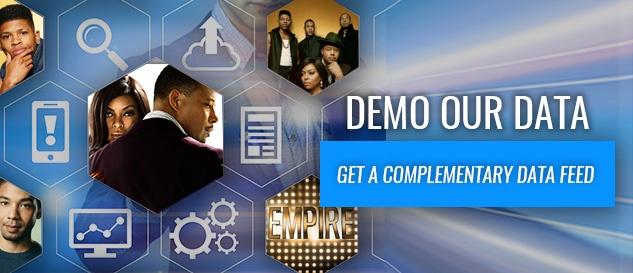In January, a large puddle attracted incredible attention on livestreaming app Periscope,
with the amount of viewers drawing comparisons to cable networks.
Yesterday, Periscope literally metamorphosed into cable television.
Members of the Democratic Party took over the House to stage a sit-in on the floor; in response Republicans adjourned the session, which meant that C-SPAN cameras were turned off.
However, the elected officials took matters into their own hands and began livestreaming the protest, and it was soon picked up by C-SPAN and others as the only ongoing chronicle of the drama.
“C-SPAN doesn't control the House cameras, which have been switched off since the sit-in began Wednesday at 11:25am ET,” the network communicated to viewers in a blog post. “We are showing you Periscope and Facebook feeds from several members throughout the sit-in, including Representatives Scott Peters (D-CA), Mark Takano (D-CA), Eric Swalwell (D-CA), Beto O'Rourke (D-TX), and Don Beyer (D-VA).”
Yesterday, Periscope literally metamorphosed into cable television.
Members of the Democratic Party took over the House to stage a sit-in on the floor; in response Republicans adjourned the session, which meant that C-SPAN cameras were turned off.
However, the elected officials took matters into their own hands and began livestreaming the protest, and it was soon picked up by C-SPAN and others as the only ongoing chronicle of the drama.
“C-SPAN doesn't control the House cameras, which have been switched off since the sit-in began Wednesday at 11:25am ET,” the network communicated to viewers in a blog post. “We are showing you Periscope and Facebook feeds from several members throughout the sit-in, including Representatives Scott Peters (D-CA), Mark Takano (D-CA), Eric Swalwell (D-CA), Beto O'Rourke (D-TX), and Don Beyer (D-VA).”
C-SPAN has no control over the U.S. House TV cameras. Now showing a @periscopeco from @RepScottPeters. pic.twitter.com/L3JeHuSdL5— CSPAN (@cspan) June 22, 2016
It was unprecedented, as House rules do not allow for independent
filming and photography on the floor (nor do they allow for sit-in protests).
“This is a milestone moment,” C-SPAN spokesman Howard
Mortman told Politico.
“We’ve got a commitment to C-SPAN as a public service, a privately funded
public service to connect Americans to Congress to show what's happening in
Congress … this certainly rises to the event of something happening in
Congress."
"Today is an example of what drives us. Twitter and
Periscope take you where other cameras don't — letting you experience breaking
news through the eyes of those living it,” Periscope co-founder and CEO Kayvon
Beykpour said in a statement to BuzzFeed.
Mortman expanded on the historic nature in interviews with other media outlets.
For the network, this was the “first continuous use of Periscope,” he informed Gizmodo.
Mortman expanded on the historic nature in interviews with other media outlets.
For the network, this was the “first continuous use of Periscope,” he informed Gizmodo.
“What we’re showing right now is unusual and extraordinary,”
Mortman added.
“If the House feed is off but members are providing video, our team is going
through editorially what makes sense. If this video’s available we’re going to
put it on the air.”
While the House session ended in the wee hours of the night,
many politicians remained, and as of early this morning, were still
broadcasting on Periscope.
Livestreaming has officially shaped the politics of the country – where will it unexpectedly pop up next? Seemingly, nowhere where physical cameras were previously unallowed is safe. Should private donor events be covered in this way as well?
Author: Brian Cameron
Follow @FYITV
Members of Congress still LIVE on #Periscope from the House https://t.co/mazxglvBKJ— Periscope (@periscopeco) June 23, 2016
Livestreaming has officially shaped the politics of the country – where will it unexpectedly pop up next? Seemingly, nowhere where physical cameras were previously unallowed is safe. Should private donor events be covered in this way as well?
Author: Brian Cameron








Post a Comment